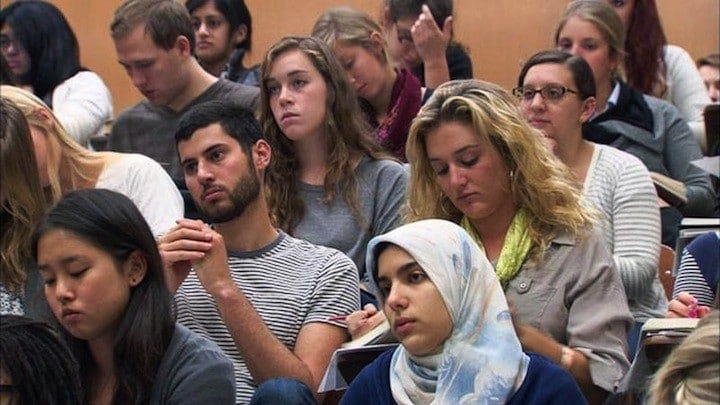‘At Berkeley’ Review

Editor’s note: this review was originally published during NYFF on September 29, 2013. It is being reposted for its theatrical release.
When I asked Frederick Wiseman about his next film during an interview in 2011, I thought he had told me it was on American University, the D.C.-based school. What he must have really said is “an American university,” as…
Keep reading with a 7-day free trial
Subscribe to Nonfics to keep reading this post and get 7 days of free access to the full post archives.

